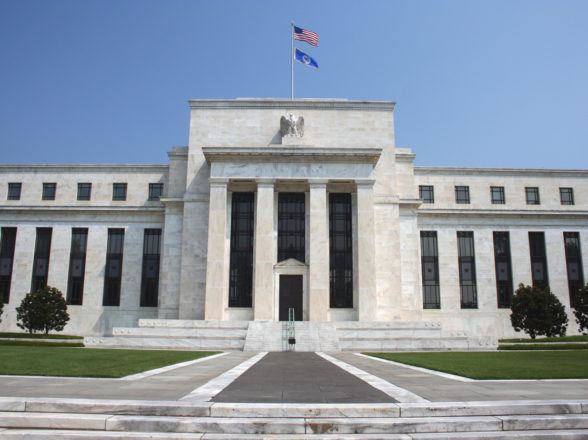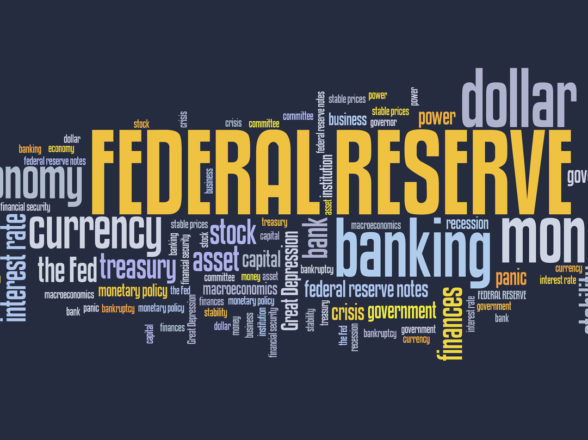Blog
Trump Tariffs Explained

President Donald Trump’s approach to tariffs, particularly in his second term, has significantly stirred the global trade environment, with implications that stretch far beyond the immediate economic effects. As of early 2025, Trump has initiated a series of tariff impositions that have sparked both domestic and international debate, with tariffs targeting Canada, Mexico, and China at the forefront of this policy shift.
The Math
Trump’s tariff strategy, often described as aggressive, involves a 25% tariff on imports from Canada and Mexico and a 10% tariff on goods from China (although currently on a one month pause). These tariffs were enacted under the guise of addressing national emergencies related to fentanyl smuggling and irregular migration, showcasing a novel use of emergency executive powers typically reserved for more conventional threats to national security. The justification for these tariffs has been met with skepticism, given the complex nature of international trade and the economic interdependence with these countries.
The economic impact of these tariffs is multifaceted. On one hand, they are intended to increase federal revenue, protect domestic industries, and leverage negotiations with trade partners. Analysis from the Tax Foundation suggests that these tariffs could increase federal tax revenue by $106.1 billion in 2025, potentially marking one of the largest tax increases since 1993 if fully implemented. However, this comes at a cost. The same analysis predicts a contraction in economic output by 0.4 percent, with an average tax increase of more than $800 per U.S. household in 2025.
The Pushback
Critics argue that while tariffs might protect certain sectors, they also lead to higher costs for consumers and businesses reliant on imported goods. This is particularly true for sectors like manufacturing, where imported components are crucial. The Center for American Progress has highlighted that these tariffs could be counterproductive, not just increasing consumer prices but also potentially reducing jobs in industries that depend on international trade for growth. Moreover, the regressive nature of tariffs means they disproportionately affect lower-income households, who spend a larger proportion of their income on consumption.
Internationally, the reaction to Trump’s tariffs has been predictably negative. Canada, Mexico, and China have all signaled intentions to retaliate, which could lead to a broader trade war. Such a scenario would disrupt global supply chains, increase costs across the board, and potentially slow down global economic growth. The Brookings Institution notes that these tariffs could hinder U.S. efforts to address larger strategic issues, particularly with China, by escalating tensions rather than fostering cooperation.
The End Game
There’s also the strategic aspect of these tariffs. Trump has articulated a vision where tariffs serve not only economic but also geopolitical ends, aiming to force changes in policy from trading partners. However, this approach has been critiqued for its short-term focus and potential long-term damage to international relations and trade agreements like the USMCA (United States-Mexico-Canada Agreement).
In summary, Trump’s tariffs in 2025 are a continuation of his trade policy from his first term but with increased stakes due to their scale and the context in which they’re applied. While they may achieve some of their intended goals like revenue generation, the broader implications include economic contraction, higher consumer prices, potential job losses, and strained international trade relations. The situation remains fluid, with ongoing negotiations and economic analyses suggesting that the full impact of these tariffs will unfold over time, potentially reshaping the landscape of global trade. It is also important to remember, in Trade War 1.0 (2018-2019), the S&P 500 managed to appreciate 20%, despite the scary news headlines and increased volatility.












































